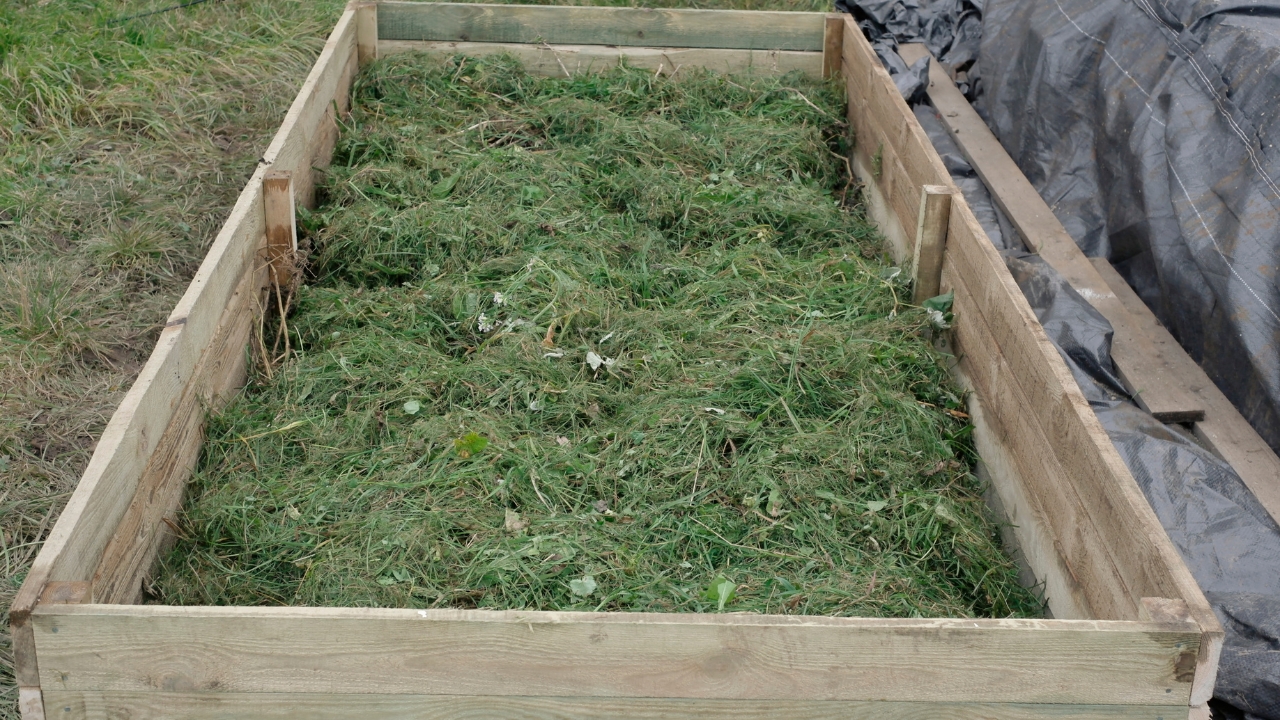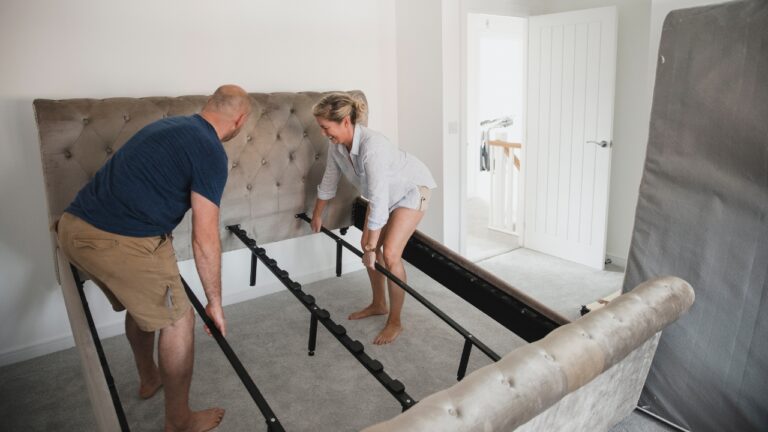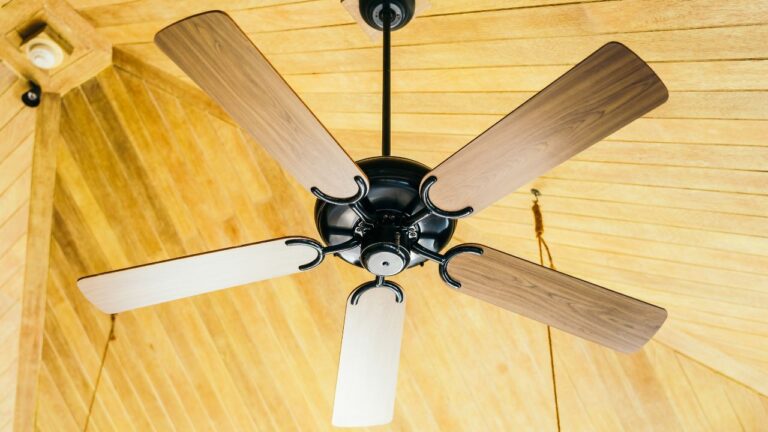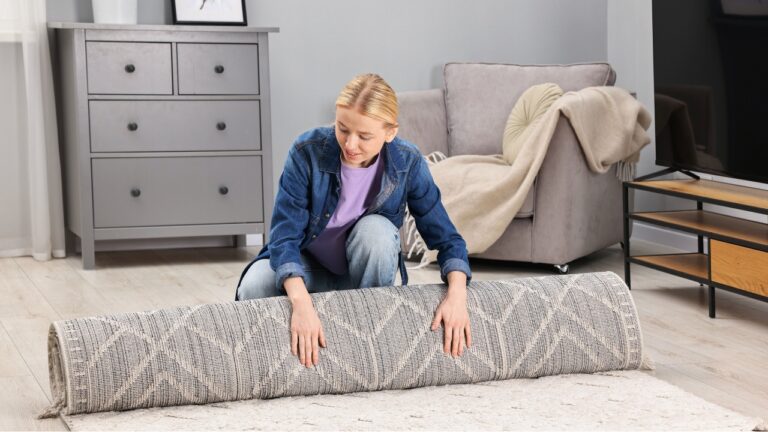Raised bed covers that protect soil till spring
When beds sit bare all winter, wind and rain compact the top few inches and leach nutrients you paid for—either with compost or your time. A simple cover keeps biology alive, protects texture, and makes spring planting feel like pulling back a blanket instead of tilling concrete. You don’t need fancy gear; you just need the right material for your climate and goals.
Use breathable fabric to shield, not smother
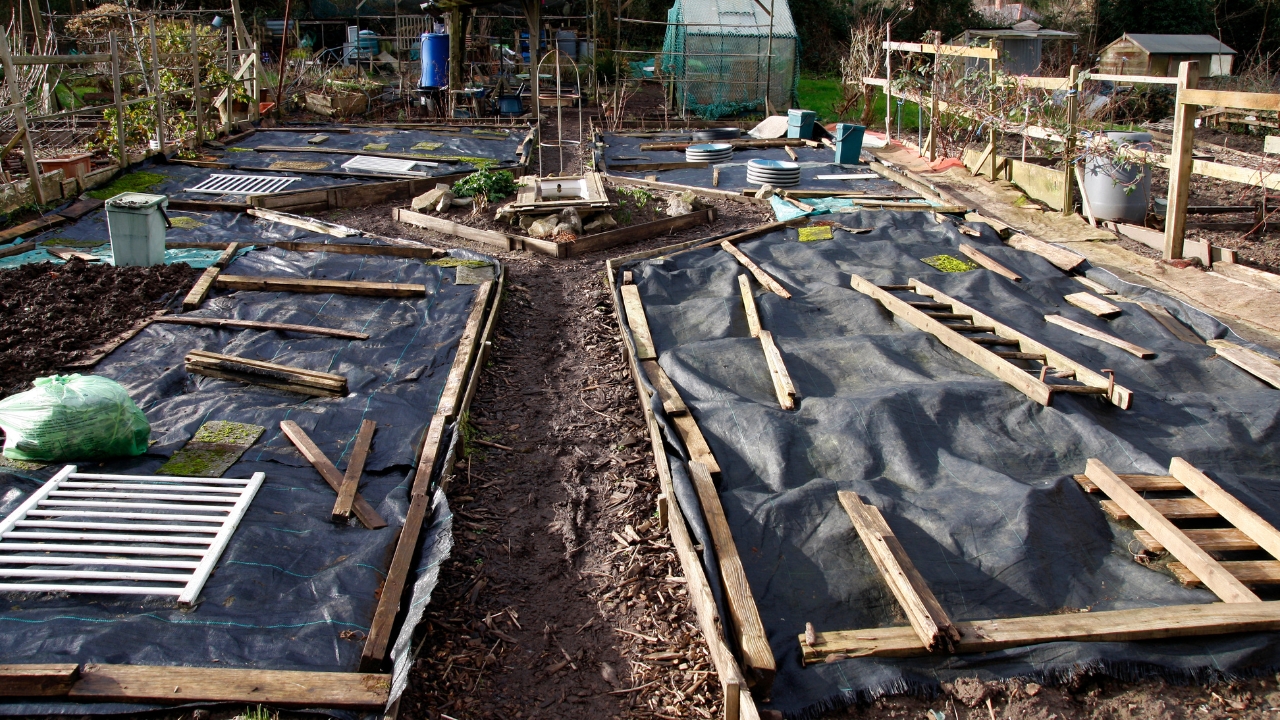
Woven landscape fabric or heavy frost cloth creates a protective lid that still lets rain through. That matters because soil microbes stay happier with steady moisture instead of wild swings.
Secure fabric with U-pins along the edges and a few across the center so wind can’t billow it into a sail. Come spring, you’ll find fewer weeds and a crumbly surface that rakes level in minutes.
Lay a living “mulch sandwich”
If you’ve got leaves and grass clippings, layer them 2–3 inches deep, then top with burlap or a sheet of breathable fabric. The soft cap keeps the light out and the mulch in place.
Over winter, worms will drag the fine bits down. By planting time, you’ll lift the fabric and be staring at soil that looks already amended—because it is.
Try low hoops with frost cloth for bonus early starts
Simple 9-gauge wire hoops and two layers of frost cloth can bump temps just enough to keep soil workable and let you set out greens early. It’s not a greenhouse, but it takes the edge off late snaps.
Clip the cloth to the hoops and weigh the sides with boards or sandbags. On sunny days, crack the ends for airflow so you don’t grow mildew while you’re protecting the bed.
Keep critters out while you protect soil
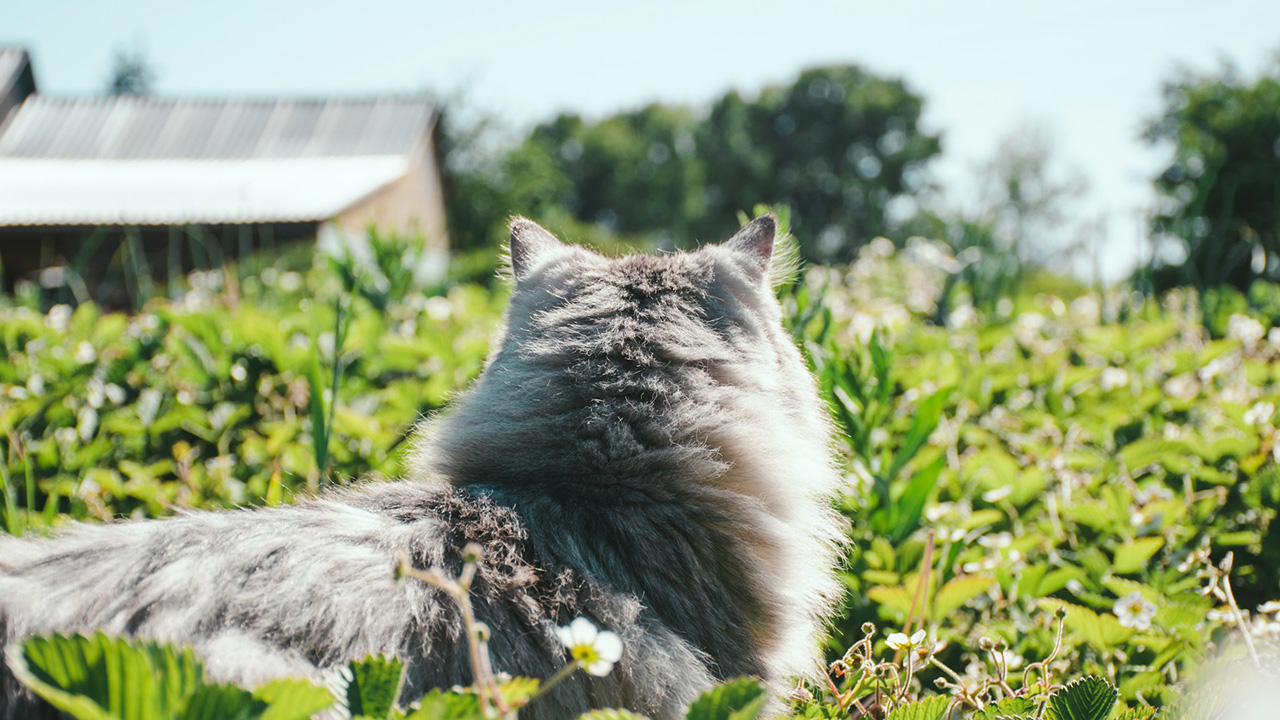
If cats or wildlife treat beds like a sandbox, lay lightweight cattle panel or plastic garden fencing under the fabric. It gives your cover structure and stops digging without adding much cost.
Stake the panel at the corners with landscape staples. When you’re ready to plant, pull it, set seedlings, and put it back between rows if you need insurance a little longer.
Use plastic carefully and vent on bright days
Clear plastic warms soil fastest, but it also traps condensation and can cook microbes if you forget to vent. If you choose plastic, keep it taut and open the ends whenever the forecast hits the 40s and sunny.
Think of plastic as a short-term tool: great for pre-warming a bed two to three weeks before planting, not a whole-season cover in mild winters.
Like Fix It Homestead’s content? Be sure to follow us.
Here’s more from us:
10 things that make your house feel less welcoming without saying a word
10 Upgrades That Make Your House Look Fancier Than Your Neighbor’s
*This article was developed with AI-powered tools and has been carefully reviewed by our editors.

